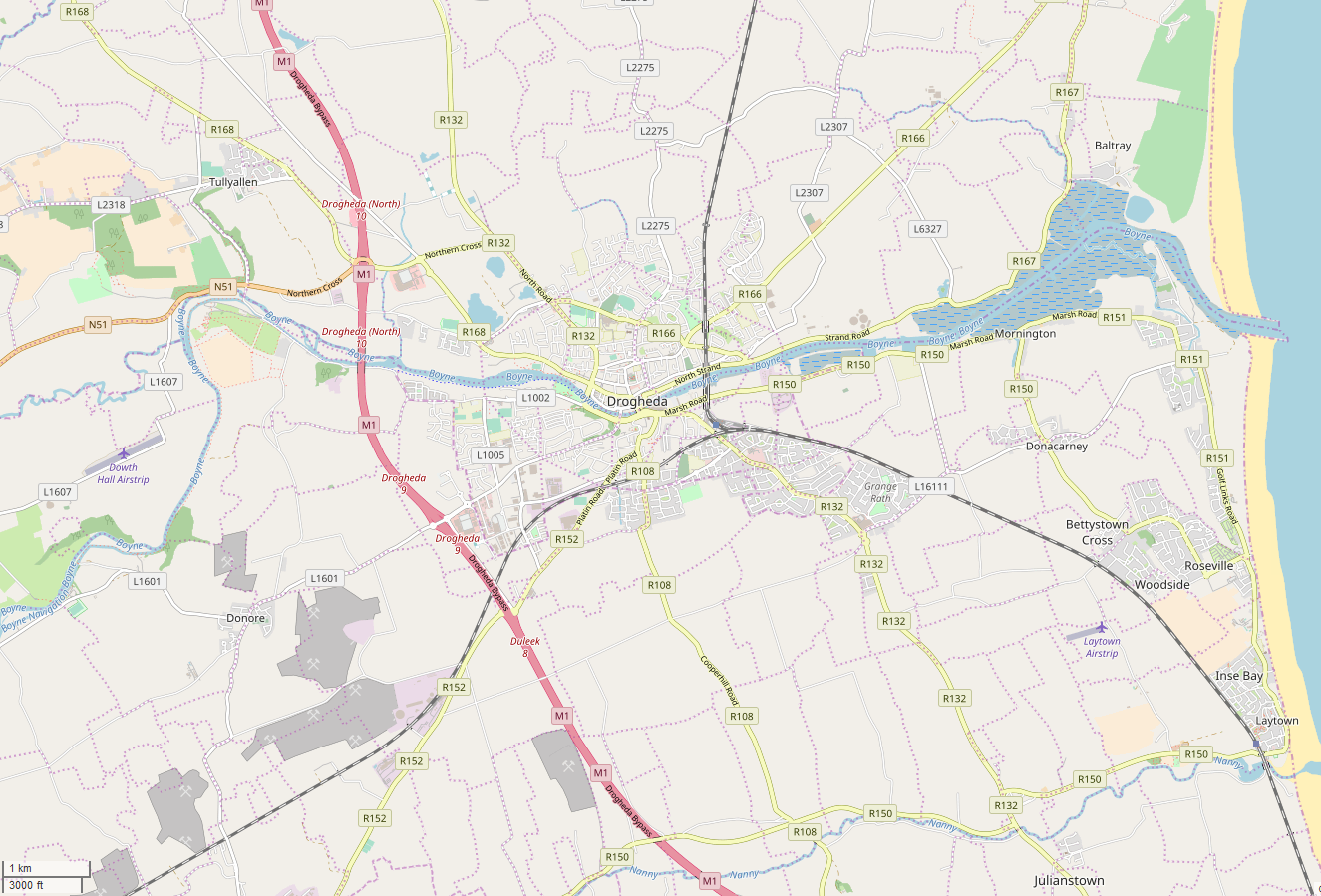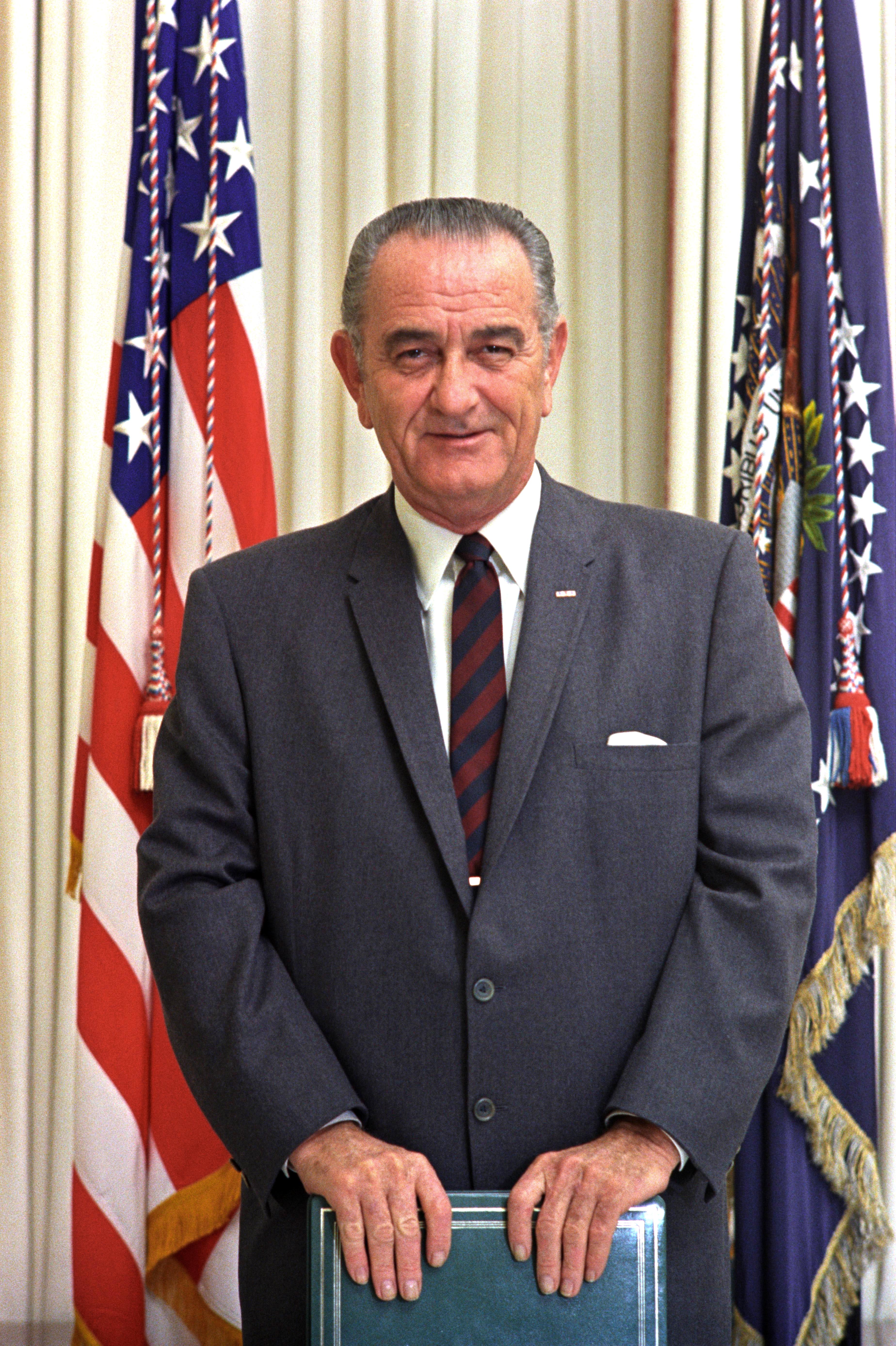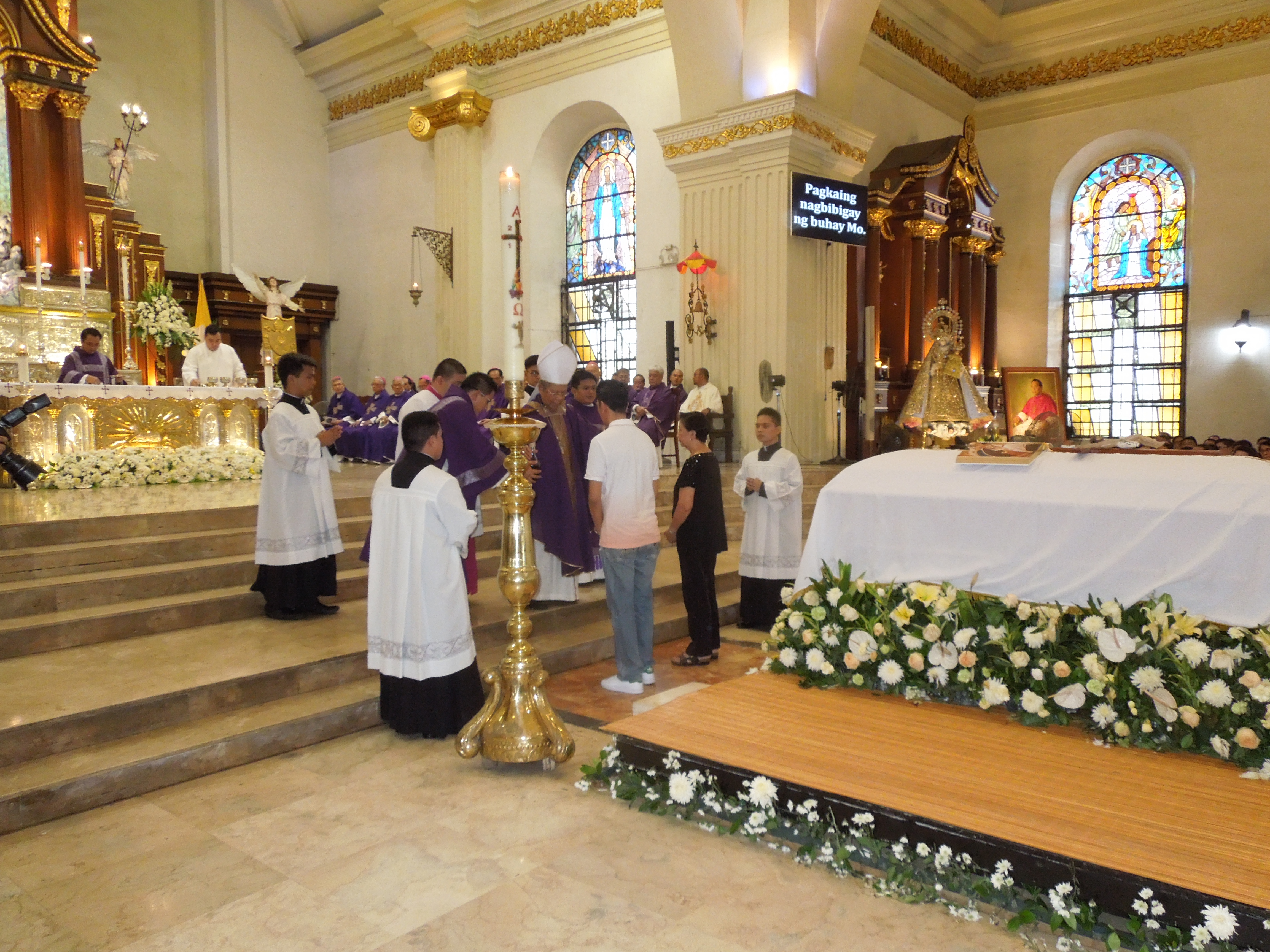|
Christopher Burke (Irish Revolutionary)
Christopher Patrick Burke (4 August 1898 – 23 June 1964) was an Irish revolutionary, hunger striker and sportsman from the prominent Drogheda family, the Burkes of Duleek Street. At just 21, he was made officer in command of the Irish Republican Army (IRA) Arsenal in Bailieborough, County Cavan, on the recommendation of General Seán Mac Eoin. During the Irish Civil War, he underwent a hunger strike lasting twenty-three days.Obituary of Christopher P. Burke, Drogheda Independent, 11 July 1964 Early life Burke was born on 4 August 1898 on Coola Street, Drogheda, County Louth, to Christopher Patrick Burke, secretary of the gas works, and Mary McQuillan. He lived the first eight years of his life on Coola Street, and was raised in a well-off family. However, things took a turn for the worse with the death of Christopher Burke Sr. from Bright's disease on 12 October 1906 at the age of just 44. With the family's source of income gone, his mother moved with him and his five sibling ... [...More Info...] [...Related Items...] OR: [Wikipedia] [Google] [Baidu] |
Drogheda, County Louth
Drogheda ( , ; , meaning "bridge at the ford") is an industrial and port town in County Louth on the east coast of Ireland, north of Dublin. It is located on the Dublin–Belfast corridor on the east coast of Ireland, mostly in County Louth but with the south fringes of the town in County Meath, north of Dublin city centre. Drogheda had a population of 44,135 inhabitants in 2022, making it the eleventh largest settlement by population in all of Ireland, and the largest town in Ireland, by both population and area. It is the second largest in County Louth with 35,990 and sixth largest in County Meath with 8,145. It is the last bridging point on the River Boyne before it enters the Irish Sea. The UNESCO World Heritage Site of Newgrange is located west of the town. Area Drogheda was founded as two separately administered towns in two different territories: Drogheda-in-Meath (i.e. the Lordship and Liberty of Meath, from which a charter was granted in 1194) and Drogheda-in-Or ... [...More Info...] [...Related Items...] OR: [Wikipedia] [Google] [Baidu] |
Michael Collins (Irish Leader)
Michael Collins (; 16 October 1890 – 22 August 1922) was an Irish revolutionary, soldier and politician who was a leading figure in the early-20th century struggle for Irish independence. During the War of Independence he was Director of Intelligence of the Irish Republican Army (IRA) and a government minister of the self-declared Irish Republic. He was then Chairman of the Provisional Government of the Irish Free State from January 1922 and commander-in-chief of the National Army from July until his death in an ambush in August 1922, during the Civil War. Collins was born in Woodfield, County Cork, the youngest of eight children. He moved to London in 1906 to become a clerk in the Post Office Savings Bank at Blythe House. He was a member of the London GAA, through which he became associated with the Irish Republican Brotherhood and the Gaelic League. He returned to Ireland in January 1916 and fought in the Easter Rising. He was taken prisoner and held in the Frongoch ... [...More Info...] [...Related Items...] OR: [Wikipedia] [Google] [Baidu] |
1964 Deaths
Events January * January 1 – The Federation of Rhodesia and Nyasaland is dissolved. * January 5 – In the first meeting between leaders of the Roman Catholic and Orthodox churches since the fifteenth century, Pope Paul VI and Patriarch Athenagoras I of Constantinople meet in Jerusalem. * January 6 – A British firm, the Leyland Motor Corp., announces the sale of 450 buses to the Cuban government, challenging the United States blockade of Cuba. * January 9 – ''Martyrs' Day (Panama), Martyrs' Day'': Armed clashes between United States troops and Panamanian civilians in the Panama Canal Zone precipitate a major international crisis, resulting in the deaths of 21 Panamanians and 4 U.S. soldiers. * January 11 – United States Surgeon General Luther Terry reports that smoking may be hazardous to one's health (the first such statement from the U.S. government). * January 22 – Kenneth Kaunda is inaugurated as the first Prime Minister of Northern Rhodesia. * January ... [...More Info...] [...Related Items...] OR: [Wikipedia] [Google] [Baidu] |
1898 Births
Events January * January 1 – New York City annexes land from surrounding counties, creating the City of Greater New York as the world's second largest. The city is geographically divided into five boroughs: Manhattan, Brooklyn, Queens, The Bronx and Staten Island. * January 13 – Novelist Émile Zola's open letter to the President of the French Republic on the Dreyfus affair, , is published on the front page of the Paris daily newspaper , accusing the government of wrongfully imprisoning Alfred Dreyfus and of antisemitism. February * February 12 – The automobile belonging to Henry Lindfield of Brighton rolls out of control down a hill in Purley, London, England, and hits a tree; thus he becomes the world's first fatality from an automobile accident on a public highway. * February 15 – Spanish–American War: The explodes and sinks in Havana Harbor, Cuba, for reasons never fully established, killing 266 men. The event precipitates the United States' ... [...More Info...] [...Related Items...] OR: [Wikipedia] [Google] [Baidu] |
Irish Revolutionaries
The revolutionary period in Irish history was the period in the 1910s and early 1920s when Irish nationalist opinion shifted from the Home Rule-supporting Irish Parliamentary Party to the republican Sinn Féin movement. There were several waves of civil unrest linked to Ulster loyalism, trade unionism, and physical force republicanism, leading to the Irish War of Independence, the Partition of Ireland, the creation of the Irish Free State, and the Irish Civil War. Some modern historians define the revolutionary period as the period from the introduction of the Third Home Rule Bill to the end of the Civil War (1912/1913 to 1923), or sometimes more narrowly as the period from the Easter Rising to the end of the War of Independence or the Civil War (1916 to 1921/1923). The early years of the Free State, when it was governed by the pro-Treaty party Cumann na nGaedheal, have been described by at least one historian as a counter-revolution. Overview Home Rule seemed certain in ... [...More Info...] [...Related Items...] OR: [Wikipedia] [Google] [Baidu] |
Requiem
A Requiem (Latin: ''rest'') or Requiem Mass, also known as Mass for the dead () or Mass of the dead (), is a Mass of the Catholic Church offered for the repose of the souls of the deceased, using a particular form of the Roman Missal. It is usually celebrated in the context of a funeral (where in some countries it is often called a Funeral Mass). Musical settings of the propers of the Requiem Mass are also called Requiems, and the term has subsequently been applied to other musical compositions associated with death, dying, and mourning, even when they lack religious or liturgical relevance. The term is also used for similar ceremonies outside the Catholic Church, especially in Western Rite Orthodox Christianity, the Anglo-Catholic tradition of Anglicanism, and in certain Lutheran churches. A comparable service, with a wholly different ritual form and texts, exists in the Eastern Orthodox and Eastern Catholic churches as well as some Methodist churches. The Mass and i ... [...More Info...] [...Related Items...] OR: [Wikipedia] [Google] [Baidu] |
Coronary Occlusion
A coronary occlusion, or coronary artery disease, is the partial or complete Coronary artery disease, obstruction of blood flow in a coronary artery. This condition was first discussed in 1910 by William Osler, Sir William Osler. This condition slows or blocks the supply of oxygen-rich blood to the heart. This condition can lead to myocardial ischemia and if untreated, may cause a myocardial infarction, heart attack and heart failure. It is the most common form of cardiovascular disease, and is the leading cause of death in the United States, affecting 18 million adults. Description A coronary occlusion can be caused by smoking, having other heart or blood conditions, or being physically inactive. It is also Genetic disorder, hereditary. Symptoms include chest pain, shortness of breath, pain in upper body, fatigue, nausea, an irregular heartbeat, and drowsiness. To diagnose a coronary occlusion, a doctor may view a patient's medical history, or perform a coronary angiography; a ... [...More Info...] [...Related Items...] OR: [Wikipedia] [Google] [Baidu] |
Fianna Fáil
Fianna Fáil ( ; ; meaning "Soldiers of Destiny" or "Warriors of Fál"), officially Fianna Fáil – The Republican Party (), is a centre to centre-right political party in Ireland. Founded as a republican party in 1926 by Éamon de Valera and his supporters after they split from Sinn Féin in order to take seats in the Oireachtas, which Sinn Féin refused to recognise, since 1927 Fianna Fáil has been one of Ireland's two major parties, along with Fine Gael since 1933; both are seen as centre-right parties, to the right of the Labour Party and Sinn Féin. The party dominated Irish political life for most of the 20th century, and, since its foundation, either it or Fine Gael has led every government. Between 1932 and 2011, it was the largest party in Dáil Éireann, but latterly with a decline in its vote share; from 1989 onwards, its periods of government were in coalition with parties of either the left or the right. Fianna Fáil's vote collapsed in the 2011 ge ... [...More Info...] [...Related Items...] OR: [Wikipedia] [Google] [Baidu] |
Curragh Camp
The Curragh Camp () is an army base and military college in The Curragh, County Kildare, Ireland. It is the main training centre for the Irish Defence Forces and is home to 2,000 military personnel. History Longstanding military heritage The Curragh has historically been a military assembly area, owing to the wide expanse of plain. In 1599, Henry Harvey noted "a better place for the deploying of an Army I never beheld." However, the Curragh's history goes further back; it is mentioned in the ''Annals of the Four Masters'' that Lóegaire Lorc, the king of Ireland, was slain on the Curragh by Cobthach Cóel Breg. Richard Talbot, 1st Earl of Tyrconnel chose the Curragh as a muster point for the cause of James II during the Williamite War in Ireland. In 1783, a review of the Irish Volunteers raised to assist in the defence of the country while Great Britain was at war with America held on the Curragh attracted upwards of 50,000 spectators. It was also a muster point durin ... [...More Info...] [...Related Items...] OR: [Wikipedia] [Google] [Baidu] |
Portlaoise, County Laois
Portlaoise ( ), or Port Laoise (), is the county town of County Laois, Ireland. It is in the South Midlands in the province of Leinster. Portlaoise was the fastest growing of the top 20 largest towns and cities in Ireland from 2011 to 2016. However, the 2022 census shows that the town's population increased by 6.6% to 23,494, which was below the national average of 8%. It is the most populous and also the most densely populated town in the Midland Region, which has a total population of 317,999 at the 2022 census. It was an important town in the sixteenth century, as the site of the Fort of Maryborough, a fort built by English settlers during the Plantation of Queen's County. Portlaoise is fringed by the Slieve Bloom mountains to the west and north-west and the Great Heath of Maryborough to the east. It is notable for its architecture, engineering and transport connections. On the national road network, Portlaoise is located west-southwest from Dublin on the M7, north- ... [...More Info...] [...Related Items...] OR: [Wikipedia] [Google] [Baidu] |
Portlaoise Prison
Portlaoise Prison () is a maximum security prison in Portlaoise, County Laois, Ireland. Until 1929 it was called the Maryborough Gaol. It should not be confused with the Midlands Prison, which is a newer, medium security prison directly beside it; or with Dunamaise Arts Centre, which was the original Maryborough Gaol built . Portlaoise Prison was built in the 1830s, making it one of the oldest still operating today in the Irish prison system. It is the prison in which people convicted of membership of the Provisional Irish Republican Army (IRA) and other illegal paramilitary and designated terrorist organisations are usually detained. A number of IRA and dissident republican prisoners are housed in "E Block". Anyone charged under Section 30 of the Offences Against the State Act must be sent to the prison because of its unique security measures. Soldiers from the Irish Army patrolled Portlaoise Prison on a permanent basis since 1973. Security Soldiers guard the prison 24 ... [...More Info...] [...Related Items...] OR: [Wikipedia] [Google] [Baidu] |
National Army (Ireland)
The National Army, sometimes unofficially referred to as the Free State Army or the Regulars, was the army of the Irish Free State from January 1922 until October 1924. Its role in this period was defined by its service in the Irish Civil War, in defence of the institutions established by the Anglo-Irish Treaty. Michael Collins was the army's first commander-in-chief until his death in August 1922. The army made its first public appearance on 31 January 1922, when command of Beggars Bush Barracks was handed over from the British Army. Its first troops were the Pro-Treaty IRA - those volunteers of the Irish Republican Army (IRA) who supported the Anglo-Irish Treaty and the " Provisional Government of Ireland" formed thereunder. Conflict arose between the National Army and those that opposed the government of the Irish Free State namely the anti-Treaty components of the IRA. On 28 June 1922 the National Army commenced an artillery bombardment of anti-Treaty IRA forces who were ... [...More Info...] [...Related Items...] OR: [Wikipedia] [Google] [Baidu] |








